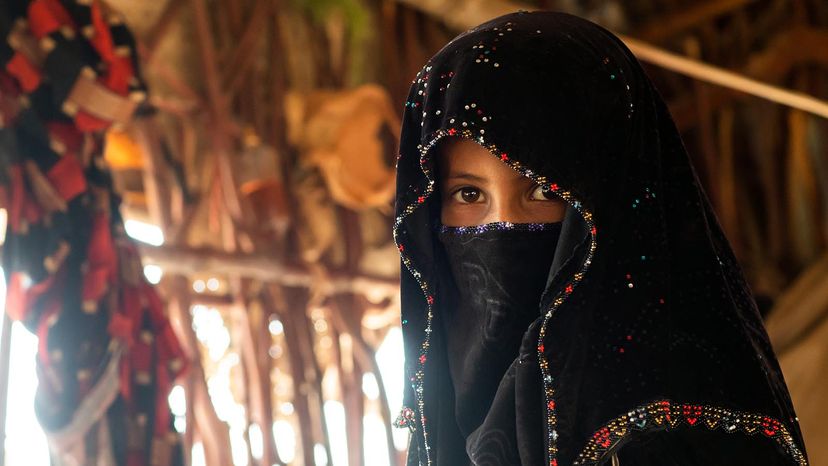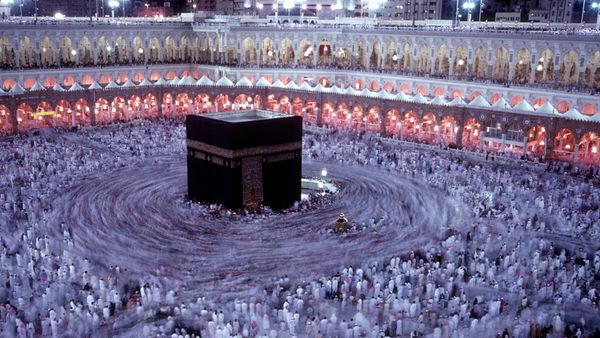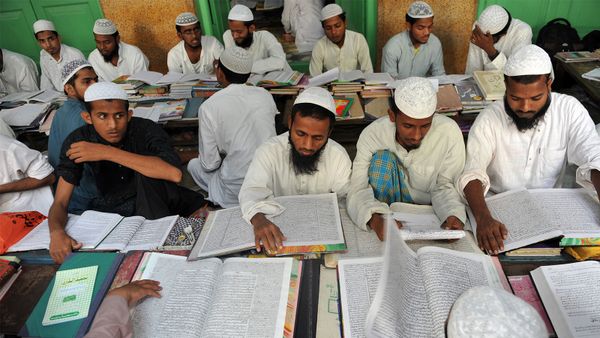
Every once in a while, veiling becomes a trending topic. The practice of covering the head and face for religious, cultural or customary purposes is one that has endured centuries and transcended borders.
But in contemporary debates, it's difficult to divorce veiling from polarizing issues like women's rights, morality, politics and feminism. That's why stories about bans and mandates on burqas — garments that cover the entire face and body worn by some Muslim women — make headlines.
Advertisement
Veils are common in Islamic dress, though not all Muslim women wear them. And the practice isn't exclusive to Islam; some Orthodox Christians and Jewish people wear head coverings, as well.
But despite being a historical and worldwide practice, veiling remains a mark of difference, danger, extremism or oppression to people and governments that do not support the custom. Switzerland passed a ban in 2021 on certain facial coverings in public, joining a long list of Western European countries with similar laws. Even some Muslim-majority countries, like Chad, Morocco and Tunisia, have banned the wearing or sale of certain veils. And even in places where bans are not in place, discrimination against veiled people persists.
In 2021, the European Court of Justice upheld its ruling that companies in Europe can ban headscarves in the workplace. In the United States, the First and Fourth amendments to the Constitution, as well as federal civil rights laws, protect the rights of people who adhere to religious practices like hijab (the act of seclusion often expressed through the donning of a headscarf). But schools and employers have fired, suspended and otherwise punished or reprimanded students and employees for wearing hijab.
On the other hand, people have been penalized for not wearing their veils. Requiring women to wear a burqa in public is just one way that the Taliban has terrorized women in Afghanistan. Members of the Taliban have even beaten women for failing to don the garment.
To some people, the burqa is an enduring symbol of an oppressive and dangerous regime. But even outside of Taliban rule, women have chosen or been compelled to wear burqas, for protection or as an expression of their modesty, faith, culture and preferences.
Veiling means so many things to different people that it can be difficult to suss out its real meaning and purpose. Some people believe that the veil is a dehumanizing prison that turns women into second-class citizens. To others, the veil is a sign of modesty and piety as well as a badge of honor. It's possible to see the veil as a rejection of Western values and a symbol of empowerment. In fact, some people insist that veil bans are repressive and an affront to freedom of religion.
So what does the veil mean, exactly?


